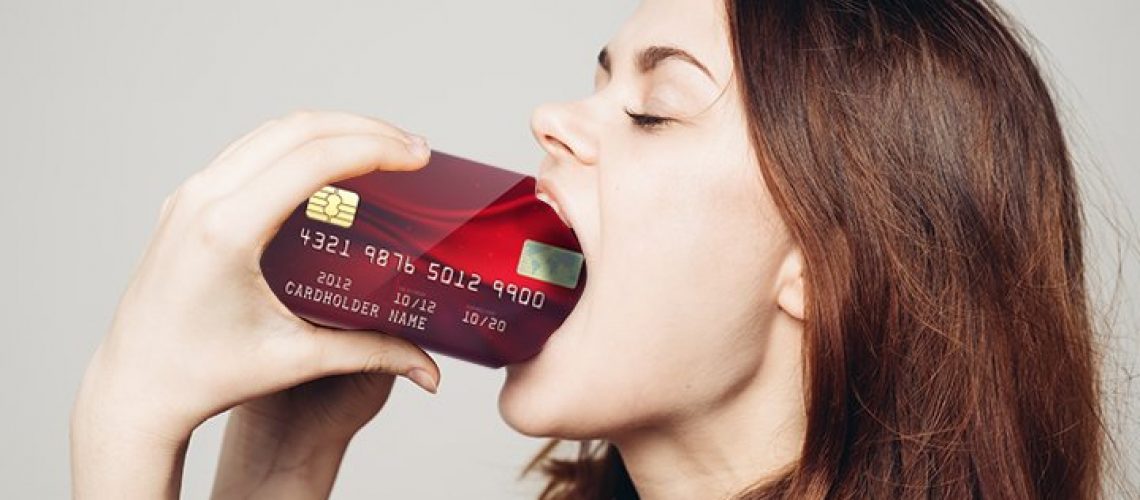
You are drinking a credit card of plastic every 2 weeks
- September 16, 2019
- , 8:53 am
Microplastics have been a big topic for the past year. Most bottled water drinkers haven’t realised how bad it is for their health yet. If you drink bottled water every day, your consumption is equivalent to eating a credit card of plastic every 2 weeks.
But let’s go back a step first.
What are microplastics?
Microplastics are defined as plastic particles under 5mm in size with some as small as 2 microns. Primary microplastics are plastics directly released into the environment in the form of small particulates (shower gel microbeads, tyre abrasion, etc.) while secondary microplastics are microplastics originating from the degradation of larger plastic (e.g. water bottles and degraded plastic bags).
How much microplastics do we consume and from where?
According to a study carried out by University of Newcastle in Australia on behalf of WWF we could be consuming 5g of microplastics per week whereas most comes from drinking water (primarily bottled water) and the rest from seafood, other beverages and salt. As part of the research, data from 52 studies was analysed, making it the most extensive study of its kind.
Rounding down this means that we drink approximately a credit card of microplastics every two weeks.
Bottled or tap water – what’s better?
Some of the best available data for microplastics is on drinking water. Bottled water contains on average 22 times more microplastic than tap water. A person who exclusively drinks bottled water would hereby consume 130,000 particles per year from that source alone, the researchers said. That compares with 4,000 from tap water.
Source: Environmental Science and Technology, June 2019,
What bottled water contains microplastics?
In the 2018 study by Orb Media, an analysis of 259 bottles from 19 locations in nine countries across 11 different brands found an average of 325 plastic particles for every liter of water being sold. Some bottles contained up to 10,000 plastic particles per liter. The most common type of plastic fragment found was polypropylene – the same type of plastic used to make bottle caps.
Are microplastics dangerous or unhealthy?
The reality is that we don’t know yet. The primary concern with human health in regards to microplastics is more directed towards the different toxic and carcinogenic chemicals used to make these plastics and what they carry. It may take a long time before we understand the real impact of this. As much as 90% of ingested plastic could pass through a human body, but some of it may end up lodged in the gut, or traveling through the lymphatic system, according to research by the European Food Safety Authority. Microplastics are also known to contain and absorb toxic chemicals and research on wild animals shows they are released in the body.
In a recent 126 page paper by WHO concludes that the health impact may be limited but requires more research.
Another recent study showed that microplastics stunt the growth of earthworms and make them lose weight, while also preventing certain plants from growing properly.
In conclusion, consuming microplastics cannot be healthy and should be avoided by pregnant women and children as a precaution.
How can I consume less microplastics?
Here are a few basic tips that will cut out 95% or more of your involuntary microplastics intake:
- Avoid bottled water and other beverages on bottles (primarily plastic bottles but glass bottles as well)
- Use a high quality water filter such as TAPP 2 that effectively removes all known microplastics from tap water
- Reduce consumption of shellfish which has the highest concentrations of microplastics among foods
- Don’t use cosmetics or toothpaste with microbeads
But I love my bottled water!
You might want to think 3 times about this. There are several other reasons to avoid bottled water:
- In a study by University of Granada of 29 bottled water brands in Spain all were found to contain hormonal activity (estrogenic and anti-estrogenic)
- There is no scientific evidence that bottled water is healthier than tap water. Actually it’s quite the opposite.
- Bottled water generally contains more bacteria than tap water according to multiple pieces of research. Sources: Science Daily 1, Science Daily 2 and Telegraph
- Bottled water is terrible for the environment even if you recycle. By the time the bottle is produced, 80% of the damage has already been done in terms of CO2 footprint, even if the bottle is recycled.
Still not convinced?
Try eating a credit card of plastic and see how it makes you feel.
|
|
Share this post






